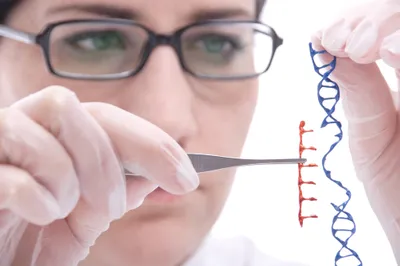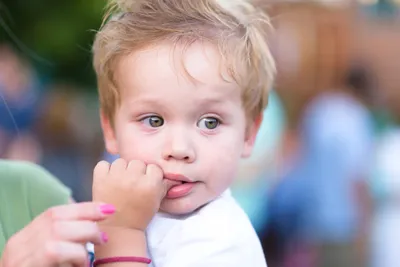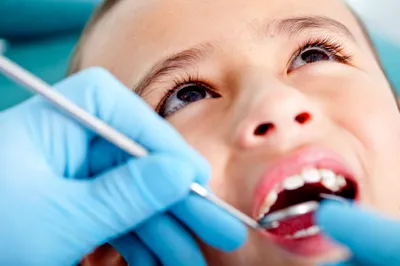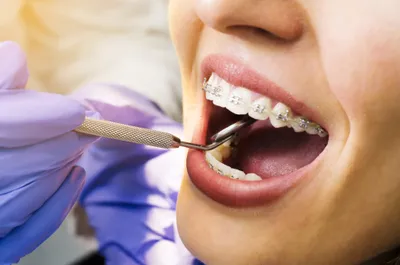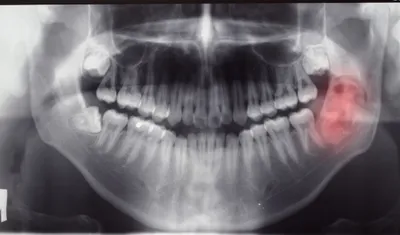Malocclusion: defined as the misalignment of the upper and lower sets of teeth, it’s one of the most straightforward problems in dentistry. There are essential three classes of malocclusion: class 1, which involves a normal bite but slight overlapping of the teeth; class 2, where overbite is clear and pronounced; and class 3, where a severe misalignment causes the lower jay to stick forward to an extent that it causes significant problems for the patient, such as discomfort or even pain while chewing.
Unfortunately for those dealing with the issue, there’s no single or simple answer to the problem. Solutions often involve wearing braces for several years to undergoing complex surgery with long recovery times. But what, exactly, causes malocclusion? The bad news is that some causes of this condition cannot be easily avoided. The good news is that there are some things that can be done to limit the chances that malocclusion, and the misalignment of the teeth, will occur.
1. Genetics
First, the bad news: if you’re genetically predisposes to malocclusion, you may have limited opportunities to prevent misalignment of the teeth from developing. That’s because your genetic makeup — or your biological connection to your parents and grandparents — indicates that you will inevitably experience some level of malocclusion.
If this is the case in your family, be sure that any children see a dentist regularly. Make sure to have a conversation with your dentist about the possibility of malocclusion developing — this will allow him or her to be active in looking for early signs of the condition, such as overcrowding of the teeth or the emergence of abnormal bite patterns.
2. Overuse of soother, thumb-sucking
Children born to parents who are genetically predisposed to developing malocclusion should be discouraged from using a soother to excess, as this could increase the chances that a misalignment of the upper and lower jaw will take place.
But the soother is not the only cause of problems emerging during the early childhood stages. Parents should also watch out for extensive thumb-sucking or prolonged use of a bottle for feeding, as these can both cause the teeth and jaws to develop awkwardly, increasing the chances of malocclusion.
3. Abnormal tooth development
Although parents can help their children limit their chances of developing malocclusion by restricting the use of soothers and feeding bottles (as well as discouraging thumb-sucking), there’s not much they can do to prevent misalignment of the upper and lower teeth if the child suffers from abnormal tooth development.
For example, the chances of malocclusion occurring increase dramatically if too many or not enough teeth development during a child’s early years. At the same time, the development of abnormally shaped teeth can present serious problems and make malocclusion more likely to emerge. That said, parents can take action by regularly taking their children to a dentist who can monitor for abnormal tooth development.
4. Problems associated with dental work
In some cases, dental work designed to help with one problem can cause problems in another area. For example, sometimes dental fillings, crowns, retainers or braces can cause the teeth or jaw to shift in a way that leads to misalignment of the teeth, otherwise known as malocclusion.
This is because it can be difficult for dentists to accurately predict how their changes, introduced with fillings, crowns, retainers or braces, will affect the development of the teeth and jaw, particularly when the patient is a growing child. This is why it’s so important that parents, and particularly parents who are genetically predisposed to malocclusion, take their children to see a dentist on a regular basis.
5. Injuries
Unsurprisingly, significant injuries to the mouth area can lead to problems with malocclusion, or the misalignment of the upper and lower sets of teeth. For example, someone who sustains a serious jaw injury in a car accident may need to be treated for malocclusion in the future. Sports injuries, particularly those taking place in highly physical sports, such as hockey, football or rugby, can also lead to malocclusion.
If you or someone you know has sustained an injury to the general mouth area, it’s important to think about how this may lead to malocclusion. This is particularly important if the person sustaining the injury is a child, as the development of their jaw and teeth must also be taken into account.
6 – Tumors and growths
It should come as little shock that the emergence of a large tumor or other type of growth inside the mouth can cause the jaw and teeth to develop abnormally, increasing the chances of malocclusion, or misalignment of the upper and lower teeth.
The good news is that most dentists will be able to spot these types of problems early on over the course of a routine check up. Of course, this requires that the individual visits their dentist at least once every six months or so (or more if the patient has a family history of dental problems, like malocclusion). Additionally, individuals should be sure to make note of the development of any growths in the mouth area and be sure to discuss them with their dentist as soon as possible.

